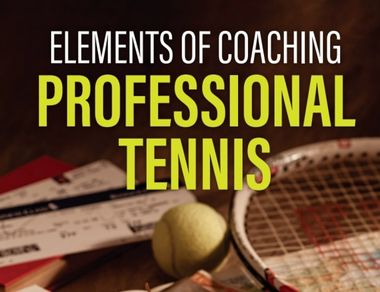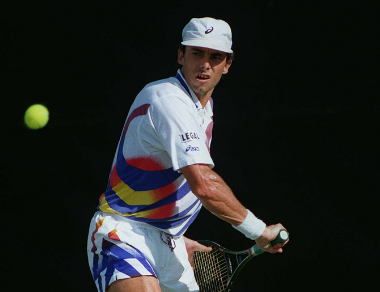In 1972-1973 I was blessed as a young coach to have worked under Mr. Harry Hopman. Then, I was more of an apprentice at his Port Washington Academy in New York. The running joke was that we were paid in ‘room, board and experience’. How that experience turned out to pay such big dividends many times over in my career.
Under Mr. Hopman I learned many valuable lessons, but one that stuck with me throughout my entire coaching career was the importance of an effective mentoring system. Mr. Hopman knew what he was talking about as he was at the helm in the 1960’s-70’s when nobody did it better than the Australians. Then in the 1980’s came the Swedes. And we all know what a dynasty they created.
Back in the early 1991 I was invited to lecture in Spain and Japan. For Spain it was the genesis of the Spanish tennis boom. It was obvious that there was a very clear mentoring structure that fit very well with the traditional macho Spanish culture and success was just around the corner. In the early days Barcelona was the hub, but later in other cities like Valencia, juniors and aspiring pro players were able to learn from the older, more established players early in their developmental stages on a daily basis. Non-negotiables like good practice and training habits, sportsmanship, character development skills, and respect for the game were on display. Australia, Sweden and Spain created tennis pipelines by using effective mentoring, whether formally or informally, to pass it on to the next generation. However in Japan, when I was there over twenty-five years ago, it was a one-man show. And his name was Shuzo Matsuoka. More on Japan later.



